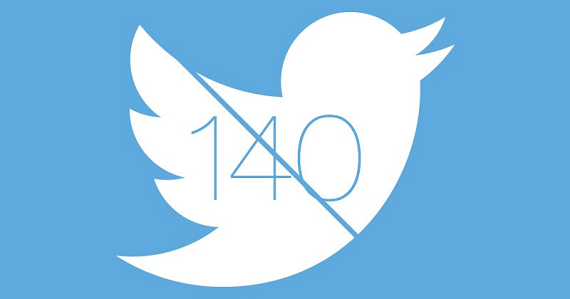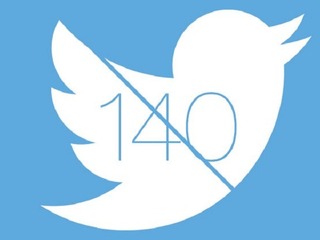

Ever since Jack Dorsey was named as the CEO of Twitter over the summer, even before taking over the role permanently in October, it has seemed as though nothing was sacred at the company. I got the distinct impression that anything and everything was on the table, if it meant that it would allow Twitter to once again grow its userbase.
Dorsey has made many moves to help make the service more palatable for a larger audience, but the most interesting thing were the reports saying the company was willing to break it’s most defining feature: the traditional 140-character limit, which would allow Twitter users to publish long-form content to the service.
Now some more details have emerged about what that might look like.
Twitter is going to introduce a longer character limit sometime around the end of the first quarter, according to what sources told Re/Code on Tuesday.
The limit is apparently going to really high, too: up to 10,000 characters, which is more than 70 times what it is currently. As Re/Code pointed out, that’s actually the same number of characters that Twitter allows for its Direct Messages.
The other big question when these reports started rolling in was, what would this look like? Would these longer Tweets be incorporated into the timeline, or would they be an entirely separate service so they didn’t interfere with the flow of the feed?
It looks like it’s going to the former, with the Tweets showing up the same way they do currently, but with only part of them showing, and the option to expand them. That is currently how Facebook deals with longer posts, and it works well, especially since you are able to open them in separate tabs on desktop.
Of course, none of these details are finalized yet, and could change.
VatorNews reached out to Twitter for confirmation but a company spokesperson declined to comment.
Changes at Twitter
Maybe such bold action will finally give Twitter the shot in the arm it need. The company has been languishing for a while, struggling to get its user numbers back up. And, right from the start Dorsey went into action, outlining “ambitious” and “bold” goals.
In addition to expanding the number of character,s the company has started experimenting with reordering the timeline as well. It also introduced Moments, a feature that is designed to curate content by aggregating Tweets and photos from live events and breaking-news situations.
In the third quarter call, Dorsey said that the feature ” represents a real, fundamental shift in our thinking,” one that makes it easier for new users to come onto Twitter without feeling intimidated or left out.
Previously users had to “do a bunch of work to find the right accounts to follow,” he said, but Moments allows them to “open it up and you can actually see everything that’s happened in the world that’s most meaningful,” and which is organized by topic so that they can see “really unique insights and commentary the particular event that you’re interested in.”
“So it questions the reverse chronological timeline, provides a chronological narrative, a complete story that is human curated, that gives you much deeper insights and, at the same time, you don’t have to do any of the work to find and follow accounts.”
Beyond changes in features, Dorsey also attempted to reverse years of animosity between the company and developers by reaching out to them and asking them to come back to the platform. He also gave a third of his stock in the company, which amounts to $211 million, back to employees.
Of course, turning Twitter around isn’t going to be quite that simple, as evidenced by the company’s falling stock price.
In August, the stock ended trading under $30 for the first time ever, and except for a few days in October, has never been able to come back up. Then, in December, the stock fell to its lowest point ever, dropping to $23.31 down 36 percent in a year.
The stock has continued to drop since then, going below $23, a number it still has not been able to clear since. The company had a $26 IPO price and debuted at $45 a share in November of 2013.
With numbers like that, it’s no wonder that Twitter is willing to change just about anything in order to survive.
(Image source:
















